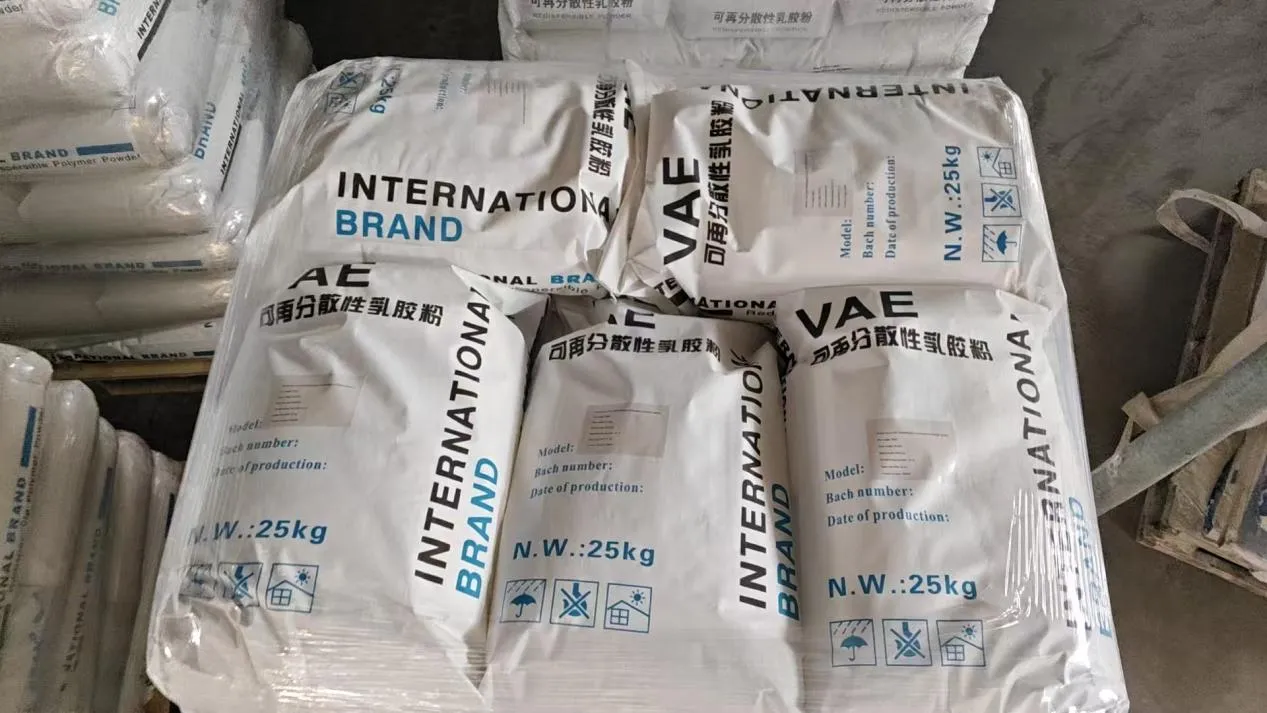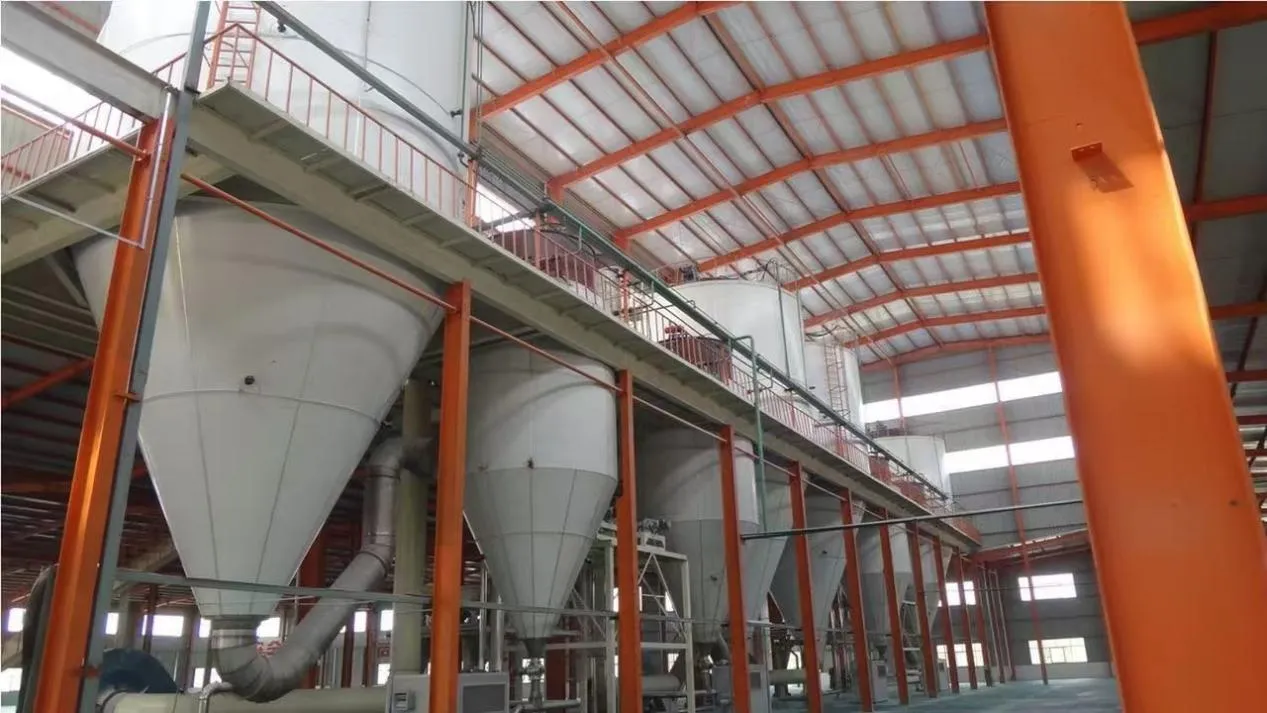
Types Applications and Global Market Insights
Redispersible Polymer Powder (RDP) has become an indispensable component in the modern construction industry. Known for its ability to enhance flexibility, adhesion, and workability in cement-based and gypsum-based formulations, RDP plays a critical role in improving the performance of building materials. As demand grows globally, understanding the redispersible polymer powder types, applications, and market dynamics helps manufacturers, suppliers, and buyers make informed decisions.

This article will explore the fundamentals of RDP, including information from redispersible polymer powder Wikipedia and insights on leading redispersible polymer powder manufacturers dominating the global market.

Understanding Redispersible Polymer Powder and Its Types
Redispersible Polymer Powder is a free-flowing, white powder created by spray-drying water-based polymer emulsions. When mixed with water, it redistributes back into a stable emulsion, making it ideal for modifying mortars and adhesives.
Redispersible Polymer Powder Types
The most common redispersible polymer powder types include:
Vinyl Acetate-Ethylene (VAE): Known for excellent flexibility and adhesion properties, widely used in tile adhesives and wall putty.
Vinyl Acetate-Veova (VA/VeoVa): Offers superior water resistance and durability, making it suitable for external insulation systems.
Acrylic Redispersible Powders: Used in applications where high UV resistance and color retention are required.
These types are often labeled as redispersible polymer powder RDP in technical datasheets, with variations tailored for specific construction needs.
What is Redispersible Latex Powder?
Though sometimes confused with RDP, redispersible latex powder is a term often used interchangeably for polymer powders that can redisperse in water to form latex emulsions. Both enhance flexibility, water retention, and bonding strength in dry-mix mortar formulations.
For more general information on RDP and its chemistry, professionals often refer to 재분산성 폴리머 파우더 위키 or redispersible polymer powder Wikipedia, which provide overviews of production processes and uses.
Market Insights and Leading Manufacturers
- Redispersible Polymer Powder Market Share Trends
The global redispersible polymer powder market share is expanding steadily due to the rising demand for energy-efficient and sustainable construction materials. Key drivers include:
Increased adoption of dry-mix mortars in emerging economies.
Growing popularity of external insulation finishing systems (EIFS).
The trend toward green building solutions.
Asia-Pacific currently dominates the RDP market, with China being the largest producer and exporter. European and North American markets are also witnessing growth due to advancements in construction technology and infrastructure development.
- Redispersible Polymer Powder Manufacturers
The market is highly competitive, with numerous redispersible polymer powder manufacturerscatering to global demand. Top producers focus on delivering consistent quality, competitive pricing, and customized formulations for various applications. Reliable suppliers also provide technical support to help clients optimize the use of RDP in their products.
Five FAQs About Redispersible Polymer Powder
What are the main redispersible polymer powder types?
The main types include VAE (vinyl acetate-ethylene), VA/VeoVa, and acrylic-based powders, each designed for specific applications like tile adhesives, EIFS, and self-leveling compounds.
What is the difference between redispersible polymer powder and redispersible latex powder?
They are similar terms; both refer to polymer powders that redisperse in water to form stable emulsions for modifying construction mortars.
Where can I find information about redispersible polymer powder?
You can refer to redispersible polymer powder Wikipediafor general information or contact manufacturers for detailed technical data sheets.
Who are the top redispersible polymer powder manufacturers globally?
Leading manufacturers are based in China, Europe, and the USA, providing RDP for construction, adhesives, and industrial applications.
Why is redispersible polymer powder market share increasing?
The market share is growing due to rising demand for durable, eco-friendly, and energy-efficient building materials in both developed and developing countries.
Alternate Titles
Redispersible Polymer Powder: Types, Uses, and Global Trends
Why RDP Is Revolutionizing Modern Construction Materials
A Complete Guide to Redispersible Polymer Powder and Its Market Growth
Redispersible Latex Powder vs. RDP: Everything You Need to Know
Top Manufacturers and Applications of Redispersible Polymer Powder Worldwide
-
Hydroxypropyl Starch as a Sustainable Construction Additive소식Nov.24,2025
-
The Gelation Properties of CMC소식Nov.21,2025
-
Redispersible Latex Powder and Water Retention Capacity소식Nov.21,2025
-
Dosage Control for Polycarboxylate Water Reducer소식Nov.21,2025
-
Film-Forming Properties of Polyvinyl Alcohol소식Nov.21,2025
-
The Function of Gypsum Additives in Mortar소식Nov.21,2025





















